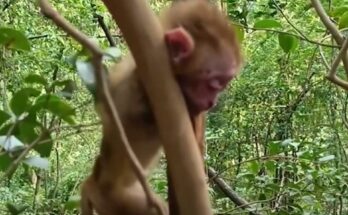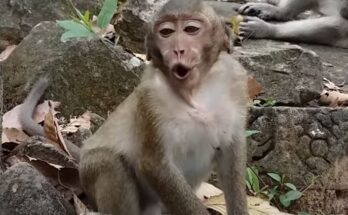The forest is a vibrant tapestry of life, where wild animals coexist in an intricate web of ecosystems. Each species plays a unique role in maintaining the balance of nature, creating a dynamic and fascinating environment.
In the dense foliage, predators like tigers, leopards, and wolves roam, relying on their keen senses and stealth to hunt prey. These apex predators not only control the population of herbivores but also ensure the health of the ecosystem by removing the weak and sick. Herbivores such as deer, elephants, and antelopes graze on the abundant vegetation, dispersing seeds and contributing to the growth of plants across the forest floor.
High in the canopy, monkeys and birds like parrots and toucans chatter and sing, showcasing their remarkable adaptations. Birds, in particular, contribute to the ecosystem by pollinating flowers and controlling insect populations. The presence of nocturnal animals like owls, bats, and civets adds another layer of intrigue, as they navigate the darkness with acute senses and specialized behaviors.
Smaller creatures, often overlooked, are vital to the forest’s health. Insects like ants and termites break down organic matter, recycling nutrients back into the soil. Amphibians such as frogs thrive in the moist undergrowth, serving as both predator and prey within the food chain.
Forest life is not just about survival; it is also a display of beauty and wonder. The dances of peacocks, the mimicry of certain insects, and the intelligence of primates captivate those lucky enough to observe them. These behaviors underscore the intricate strategies animals use to communicate, protect themselves, and thrive.
The life of wild animals in the forest reminds us of nature’s resilience and complexity. It is a realm of constant motion, where every creature has a purpose and contributes to the greater whole.


